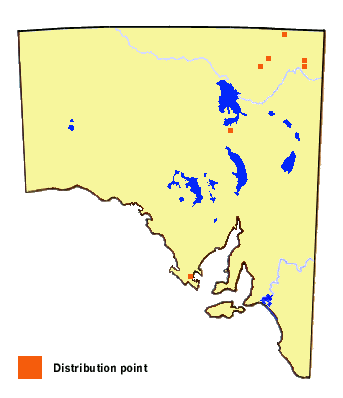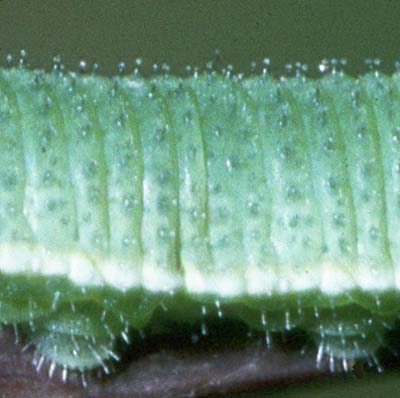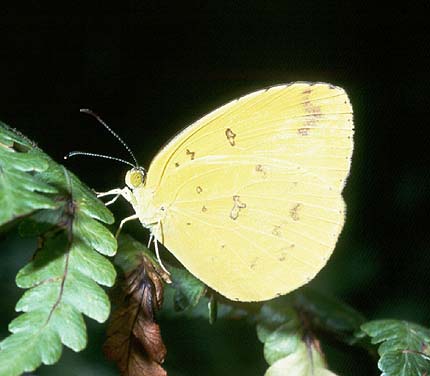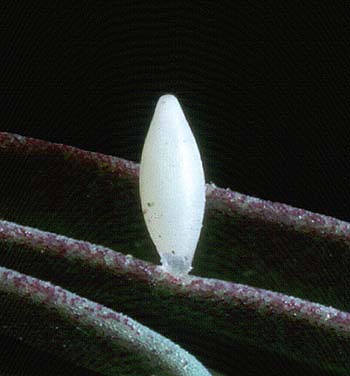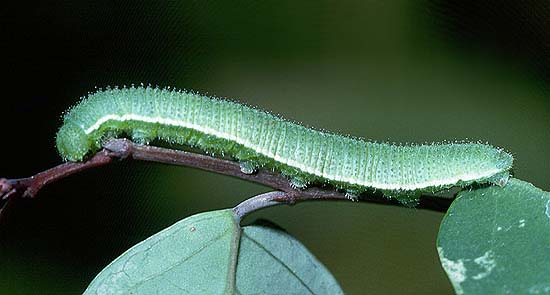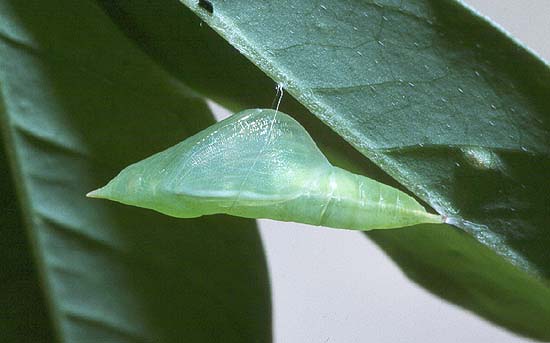Large Grass-yellow
Eurema (Terias) hecabe (Linnaeus)
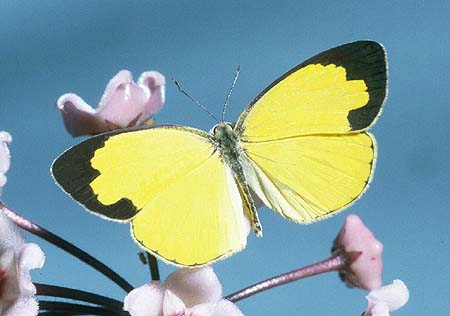
Interesting Aspects
From a distance, this butterfly along with other small yellow butterflies are often confused with the very common Eurema smilax. E. hecabe differs from the latter butterfly in being slightly larger and having the broad black apical and terminal margin to the forewing above, continuous to the inner margin (dorsum) of the forewing. The extent of the upperside hindwing black edge, and the brown spotting on the wing undersides is variable, and is usually due to seasonal variation between the cool winter (dry) and hot summer (wet) seasons. The brown spotting is better developed and the black hindwing margin is less developed in the 'winter' flying butterflies.
When not in a migratory mood, the butterflies are usually seen flying near their hostplants.
A recent DNA molecular study (Braby etal 2006) infers the small yellow butterflies of the Eastern Hemisphere, and particularly the nominotypical hecabe may belong in their own genus Terias or at least may form a separate subgenus group within Eurema. However, the study is incomplete and based on other morphological data, some other small yellow butterflies in this hemisphere group may not belong in the subgenus Terias. The genus Eurema was originally applied to some small yellow butterflies occurring in the Western Hemisphere.

